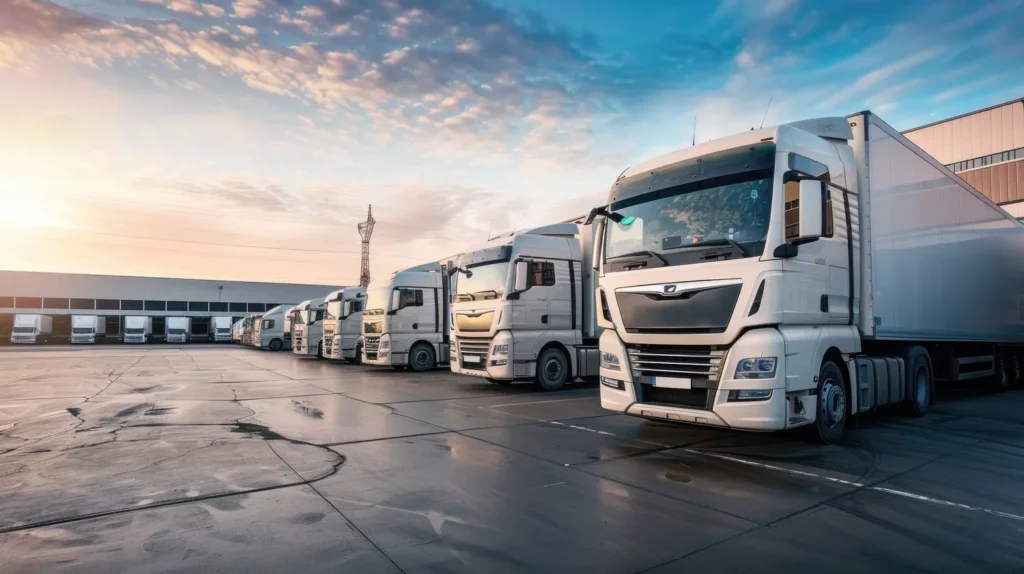One key takeaway from this comprehensive research is that stakeholders in the energy and haulage sectors have shown an openness to catenary electric trucks and are generally satisfied with the technology.
Some truck manufacturers, such as Scania, have expressed a positive attitude and actively participated in field trials. However, other major manufacturers, like Daimler Truck, remain more critical, while the majority of providers are largely indifferent.
The research also highlighted a lack of public understanding regarding the technology and misleading cost comparisons with other alternative drive options. With regards to this, local residents and political actors were often the most critical, reflecting a need for better public education and awareness efforts.
Furthermore, the majority of truck manufacturers are now focusing on battery electric trucks and stationary charging systems. This indicates that the fate of catenary technology depends on a select few manufacturers.
In terms of the political landscape, the research suggested that many international actors are waiting for Germany’s decision on the technology. Germany is seen as a key player, and other countries look to it for direction. While Sweden and France also play important roles, other European countries see barriers to the technology’s adoption without a clear political commitment from major players like Germany.
Moreover, the research conducted in the BOLD project also delved into the climate and environmental impacts of catenary trucks compared to alternatives such as Battery Electric Trucks (BETs), Fuel Cell Electric Trucks (FCETs), and the use of Power-to-Liquid (PtL) fuels.
Another finding was that an assessment of the life cycle revealed that direct electricity usage, whether for charging batteries or powering overhead lines, has a positive climate balance, even in the short term. Notably, catenary trucks with smaller batteries demonstrated advantages, showing slightly higher greenhouse gas savings and a significant reduction in other environmental impacts compared to BETs.
Dr. Till Gnann, who coordinated the research in the BOLD project, emphasised the importance of a clear signal and decision from the German federal government for the future of catenary electric trucks:
“In the BOLD project, it became clear that constructing an overhead catenary infrastructure for Germany’s highway network for long-distance road freight traffic is technically possible. The question is rather which technology will prevail in the end, how long its infrastructure construction will take and how long it can be subsidised due to underutilisation. If the overhead catenary system and its market ramp-up are to succeed, the technology in terms of vehicles and infrastructure must be further developed and a market for catenary vehicles must be created. For this to happen requires a clear signal and decision in the near future for the use of catenary electric trucks by the German federal government. This would provide clarity for industry, research, and neighboring countries,” said Gnann, commenting on the project.”
To ensure the success of the overhead catenary system, further development of both vehicles and infrastructure is necessary, along with the creation of a market for catenary vehicles, says Fraunhofer ISI.
This, Dr. Gnann emphasised, hinges on a swift decision by the German government, which would provide clarity and direction for the industry, research, and neighboring countries.
Therefore, as Gnann states, it appears that action at state level would be required to spark a positive domino effect that results in the construction of more catenary e-trucks and e-highways.
The release of the aforementioned research by Fraunhofer ISI follows a study completed earlier this year by Aachen University, which found the use of pantographs to power trucks to be both practical and suitable.









